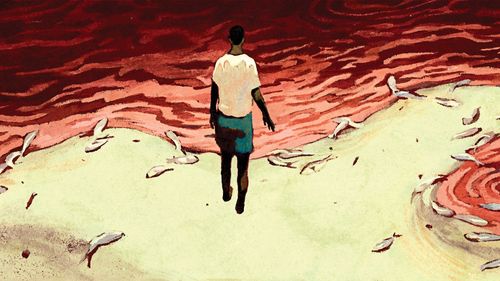
Fish Farming Is Feeding the Globe. What’s the Cost for Locals?
link
summary
This article from The New Yorker delves into the complex issues surrounding fish farming, also known as aquaculture, and its global impact. It highlights the significant growth of the fish farming industry and its role in meeting the increasing demand for seafood worldwide. The article examines both the benefits and the drawbacks of fish farming, particularly exploring the environmental and social consequences for local communities. It sheds light on the conflicts and tensions that arise between large-scale aquaculture operations and traditional fishing communities, focusing on specific case studies from different regions. The article offers a thought-provoking analysis of the trade-offs and challenges associated with fish farming as a means of addressing global food security.